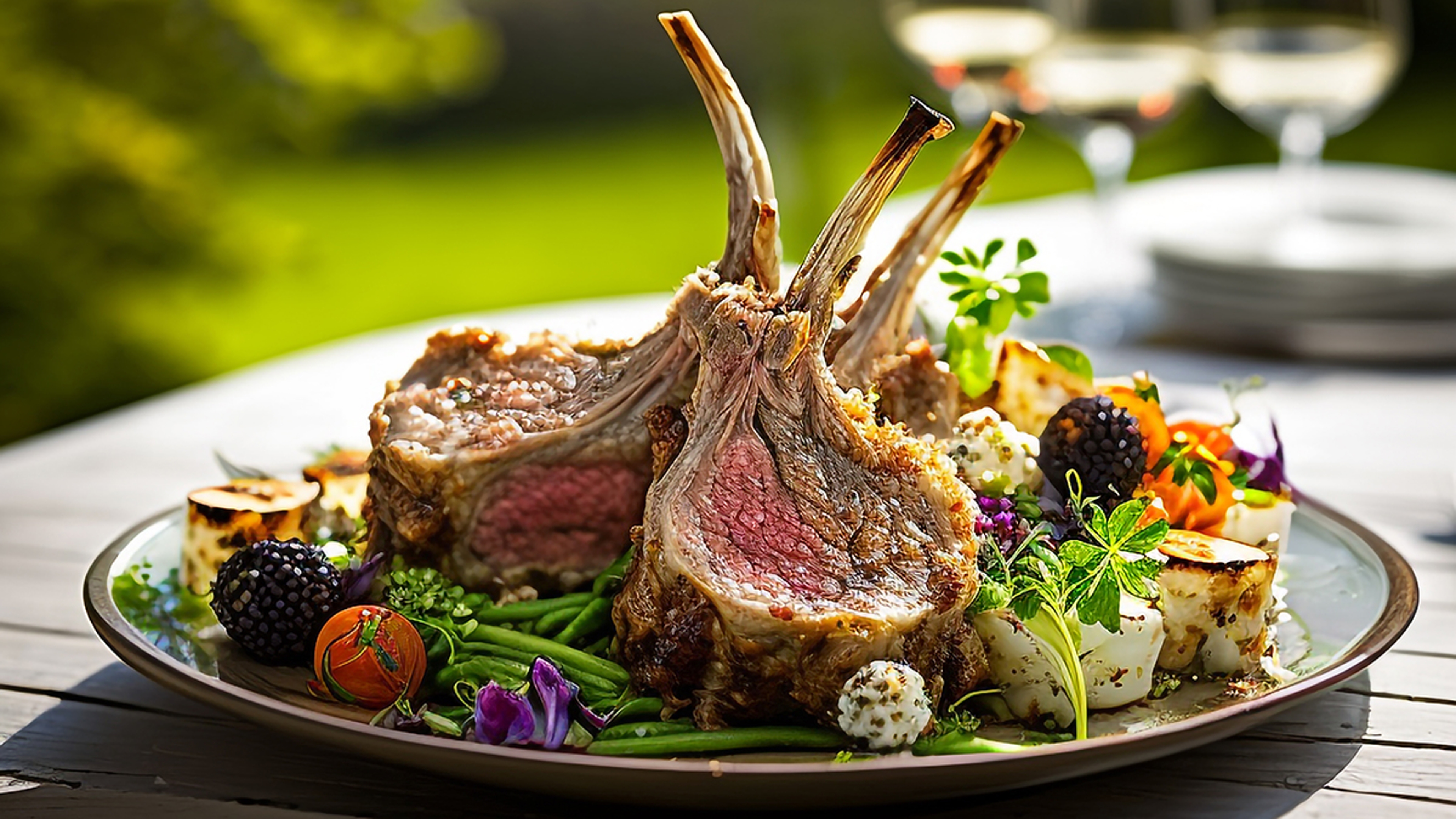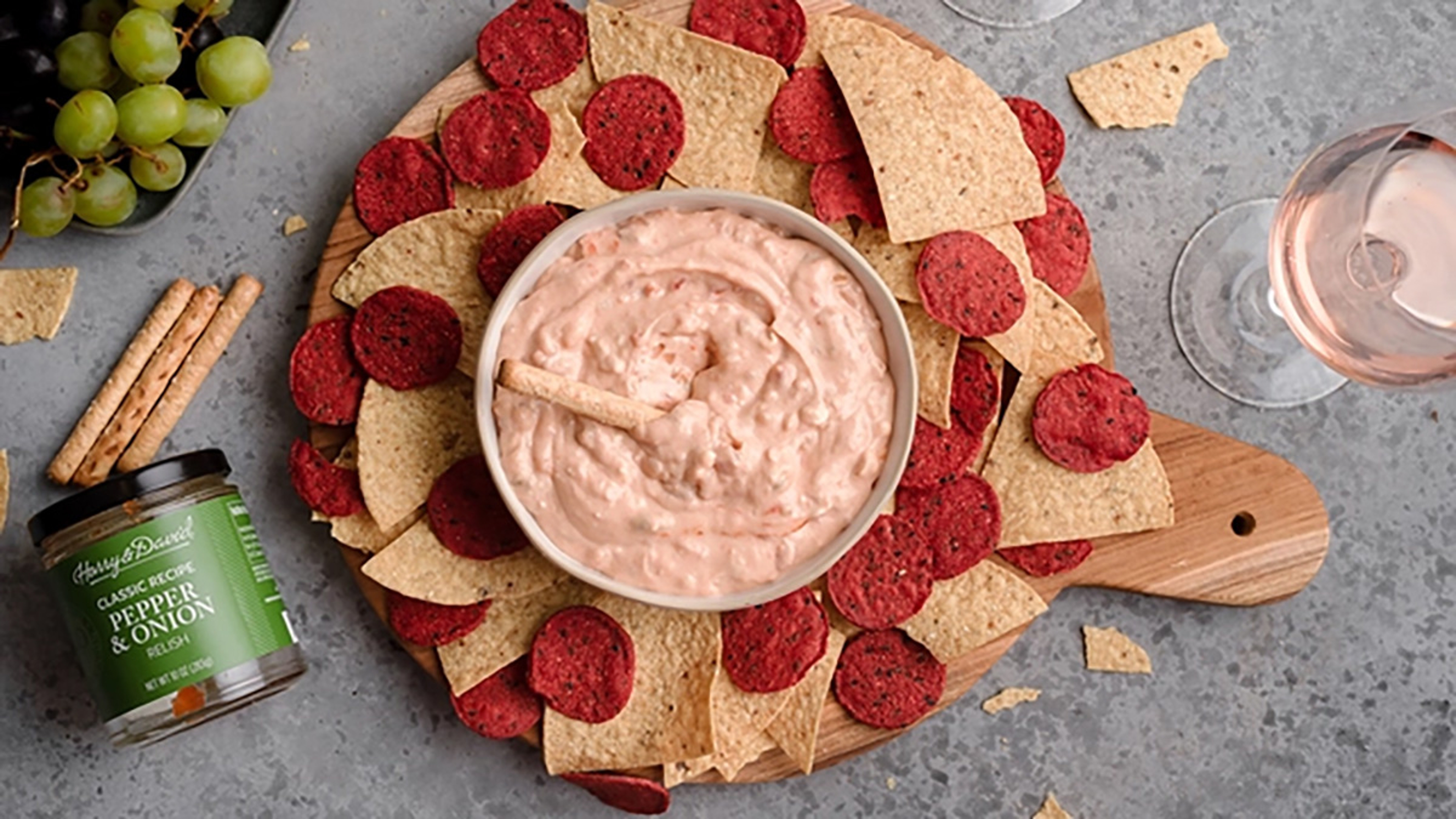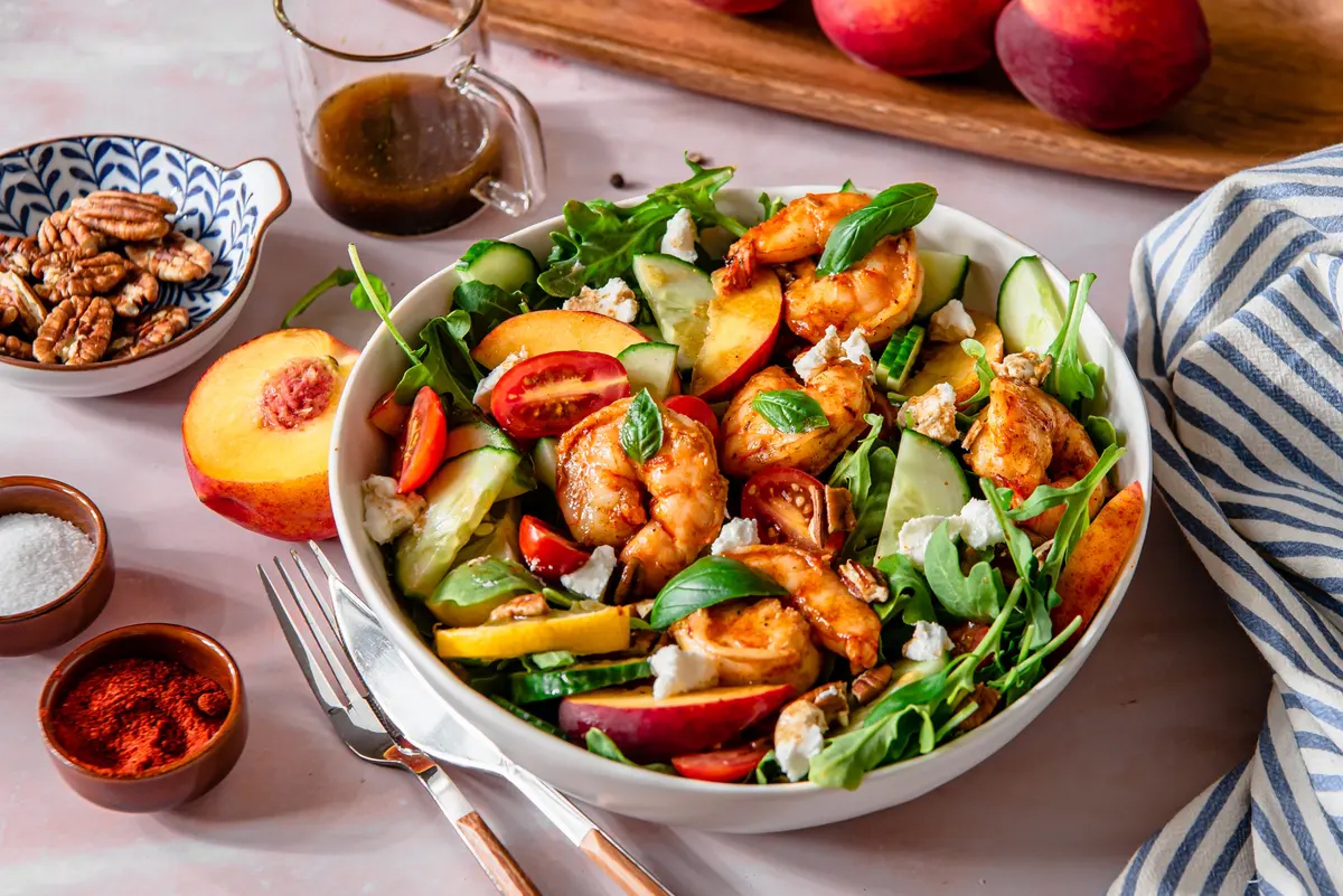On the Lamb: A Protein Lover's Guide to the 'Other' Red Meat
From crispy pan-seared chops to spicy curried kebabs, your regular mealtime repertoire needs to include a frequent serving of lamb.
Feb 24, 2025
After pork, chicken, and beef, lamb is the fourth most widely consumed meat on the planet. It's a staple for people living in Greece, Turkey, North Africa, and the Middle East in particular, and the basis for countless amazing stews and curries and mouth-watering meatballs and kebabs.
Yet, even with an estimated 80,000 family farmers caring for more than 6 million sheep here in the United States, that the average American eats less than a pound of lamb a year.
And that's a shame.
Lamb is not only good for the planet, promoting healthy grasslands and requiring fewer resources than beef or pork, but also the body: The meat is packed with protein, and loaded with essential vitamins and minerals, such as B12, zinc, iron, and selenium. It's also no harder to prepare than the meat you already eat regularly. So, there's no reason not to add some to your shopping cart right now!
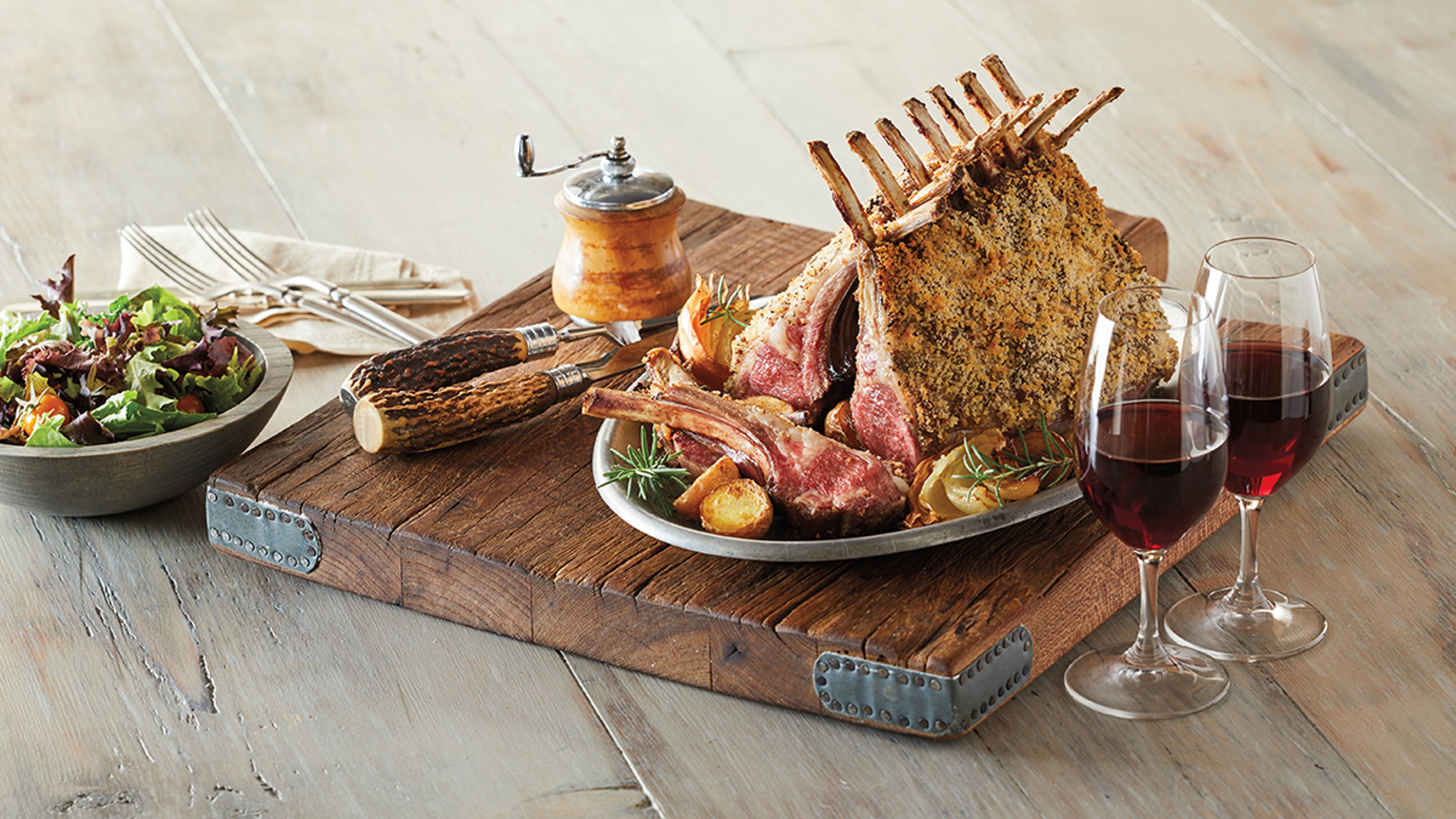
Shearly the best
Because of their unique ability to provide meat, milk, and wool in one compact package, sheep were one of the first domesticated animals. Today, there are more than 200 different breeds of sheep grazing in meadows around the globe — some raised specially for their wool, like Merino, and others for milk (the French use milk from Lacaune sheep to create their famous Roquefort cheese). And breeds such as the Cheviot, Dorset, and Suffolk sheep are best known and loved for their incredible red meat. That's right: Like beef and pork, lamb contains a protein called myoglobin that binds to the iron in meat, giving it its distinctive red color and leading to its classification as a red meat.
Lamb vs. mutton
In general, meat sold as "lamb" comes from animals that are less than a year old. It's typically very tender, with a mild flavor and a more delicate texture. In contrast, “mutton" comes from older sheep. The meat is darker, firmer, and more flavorful, packing more of that strong, wild earthy punch that many red meat connoisseurs crave.
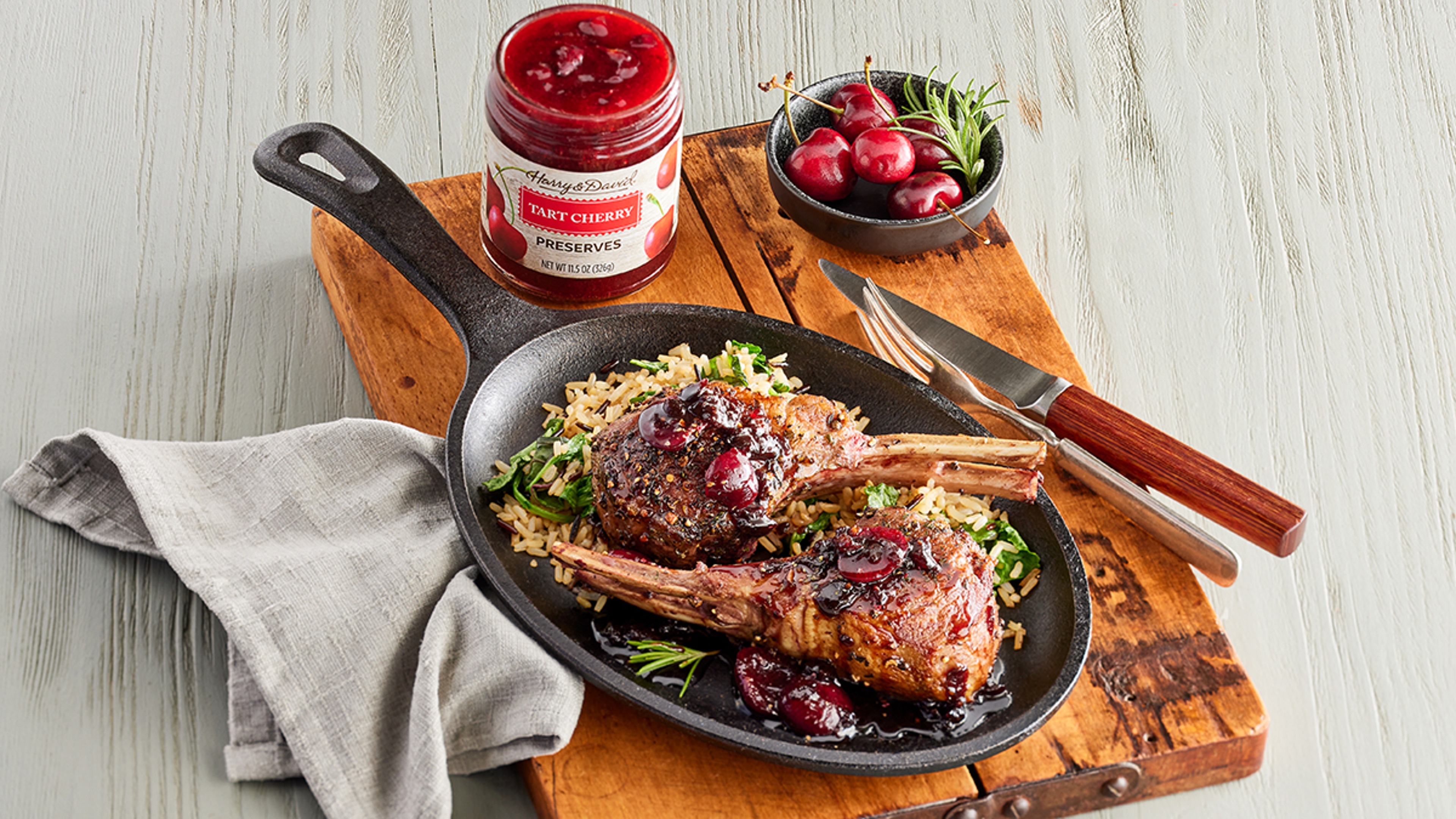
Where the lamb roam
Much like the argument over whether foreign or domestic beer is best, people who love lamb have strong opinions on where the best meat comes from: American agricultural powerhouses like Texas, California, and Colorado or imported from top lamb-producing countries around the globe, such as Australia, New Zealand, and Turkey.
Typically, lamb raised in the U.S. is larger and fattier overall. That's because the sheep are often fed supplemental grain and alfalfa, giving the meat a milder flavor. In contrast, sheep raised in Australia and New Zealand spend more of their lives grazing in pastures, leading to thinner, smaller animals and meat with a richer, more earthy flavor.
While both foreign and domestic lamb have their own merits, which one you like best generally comes down to individual taste. For Andrew Whitticar, senior merchandise manager for Harry & David specialty foods, the grass-fed imported version is the hands-down winner.
“We currently only source Australian lamb at Harry & David," he adds. “It's humanely raised on open pastures and never administered growth hormones. Our lamb is also all natural, minimally processed, and free of artificial additives."
How to cook lamb
“I like to treat lamb exactly as a I would a steak," Whitticar says. “I season it with salt, pepper, fresh rosemary, and chopped garlic, and then cook the lamb on a hot grill or cast-iron skillet with a bit of olive oil. I sear each side for one minute on high heat and then finish it over a lower temperature. I only ever let my lamb get to 130 to 135 degrees before I remove it from the grill or pan and let it rest. As it sits, residual heat will finish cooking the meat internally while also allowing its juices to redistribute for the richest, best-tasting lamb possible."
“It's commonly thought that lamb is difficult to prepare, but it's not," affirms Lisa McKinley Surber, Ph.D., an animal science expert and sheep and wool consultant living in South Dakota. “Lamb is always tender and flavorful. It can be fancy, but it can also be comfort food. It's diverse and delicious."
Beyond the shank
Just as filet mignon and ribeye vary greatly, different cuts of lamb also have their own distinct characteristics and flavor profiles. Here's how to cook each to perfection.

Shoulder
This versatile cut contains a lot of marbled fat, and benefits from more gradual cooking methods, such as slow roasting, braising, or stewing — all of which yield velvety rich meat that melts in the mouth.
Chop
Originating along the ribs and loin of the sheep, lamb chops (or loin porterhouse, as the cut is sometimes known) are leaner cuts of meat that taste best when cooked quickly over high heat — grills, cast-iron skillets, and grill pans are all ideal options. Cook these triangular, T-shaped cuts to medium-rare for maximum tenderness and juiciness.
Rack
You likely know rack of lamb (aka crown roast or lamb lollipops) from its appearance at fancy dinner parties or holiday events. But rack of lamb shouldn't be saved for just special occasions. This prime cut, which originates from the rib section of the lamb, is perfect for oven roasting, pan frying, or grilling, and perfect for even weeknight or weekend menus.
Leg
This is the cut of lamb you are likely most familiar with, and one that can be cooked in numerous ways, including roasting, grilling, and braising. Leg of lamb is also often diced or cubed before being cooked for use in traditional stews, kebabs, and stir-fries.
Shank
Lamb shanks — the lower section of the leg including the bone — are packed with meat, but are also one of the more challenging cuts to prepare successfully. Plan on one shank per person when shopping and allow plenty of time for the meat to cook “low and slow" for maximum tenderness. Braising or stewing shanks in spice-infused broth, wine, or beer will yield a can't-fail feast.
Rump
An alternative to leg of lamb coming from the same general region of the animal, lamb rumps are similar in size to pork or beef roasts and are an ideal entrée for three to four people. For quick and easy prep, pan sear to create a beautiful, caramelized crust, then roast in the oven until medium-rare.
Neck
Lamb neck is fabulously underrated, offering ample amounts of rich, slightly sweet meat. Just be sure to allow plenty of cooking time! Because it's made up of masses of connective tissue — and filled with bone as well — it needs to be cooked slowly in a hearty liquid in order to create a delicious stew, soup, or curry.
Classic pairings
Whether they help to bring out its earthy, savory richness or enhance its slightly gamey flavor, these essential culinary sidekicks all pair perfectly with a well-cooked piece of lamb. Mix and match to create a one-of-a-kind dining experience.
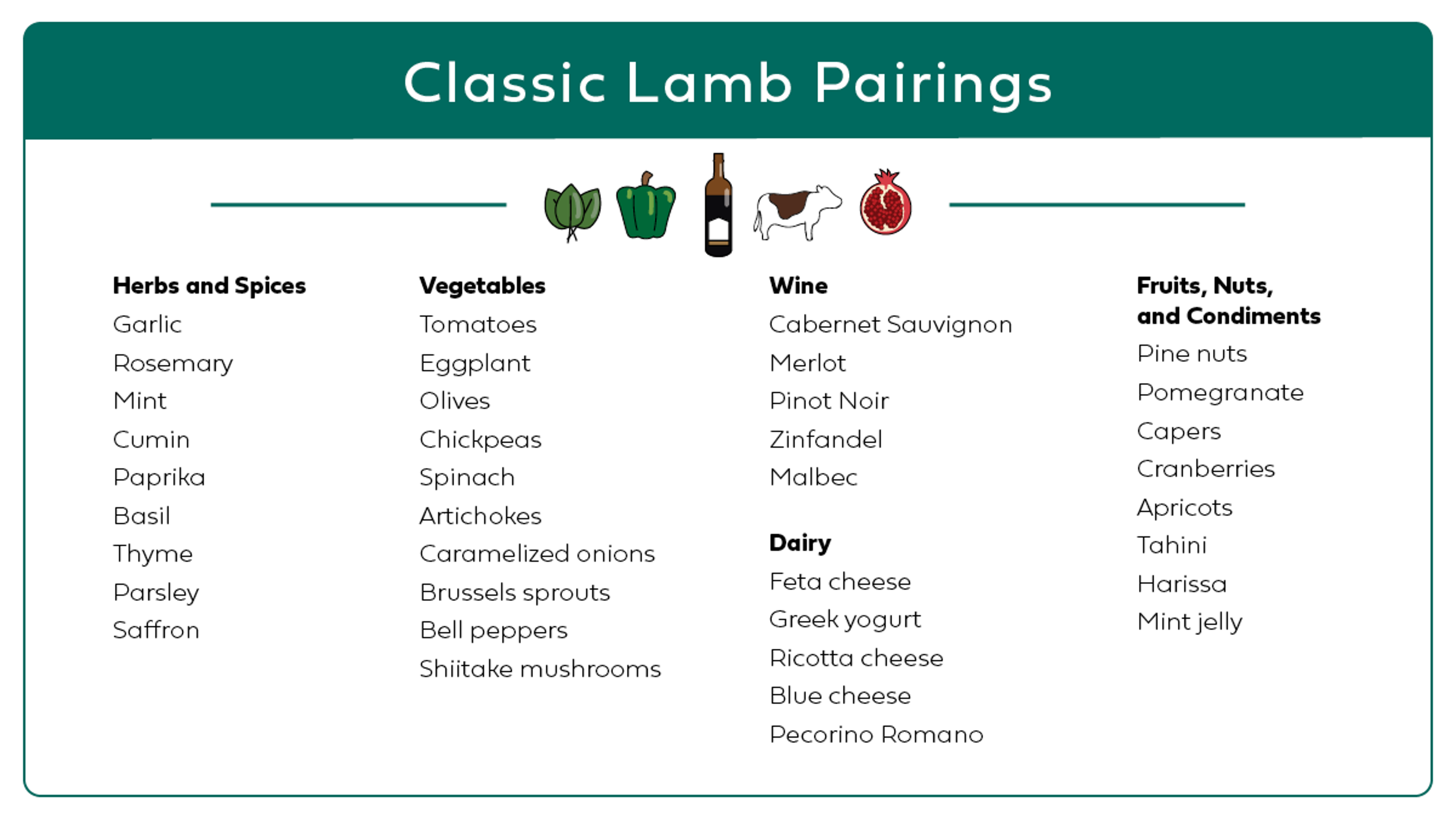
.svg?q=70&width=384&auto=webp)

